If you have lost faith in earth architecture, take note: Yemen’s Manhattan of the desert, Shibam, boasts 400 habitable clay towers!
Yemen has a UNESCO World Heritage Site secret, but it’s not so well-kept anymore. One of the most impressive examples of earth architecture that has survived for hundreds of years, the Shibam district in Hadramaut province boasts 437 tall clay towers, of which 400 are still habitable.
It is unclear when this “Manhattan of the desert” was originally built, though construction of at least one of the mosques probably occurred during the reign of Abbasid Caliph Harun al Rashid (786-809), according to World Architecture News.

Once a popular destination for caravan traders, Shibam fell into disrepair when the routes dried up, so in 2000 GTZ (German Technical Cooperation) and the GOPHCY (General Organisation for the Preservation of Historic Cities of Yemen) launched the Shibam Urban Development Project (SUDP) to help the city and its residents to thrive once more. Already more than 100 homes have been restored, and sustainable agriculture and cottage industries reintroduced.
 One of SUDP’s most important aims was to get the local community involved in re-building their own city so that they would have a vested interest in keeping it alive.
One of SUDP’s most important aims was to get the local community involved in re-building their own city so that they would have a vested interest in keeping it alive.
Nearly 1/3 came forward to investigate the possibility of renovating their clay towers, and more than 100 took advantage of generous funds made available to them. GTZ and GOPHCY provided roughly 35% of the renovation costs and technical advice, but locals also had to raise their own contributions.
 Great care was taken to ensure the historical integrity of any renovations. Local master builders that have buttressed their knowledge of traditional architectural techniques with certain modern advances were commissioned to provide their expertise, and new sewage systems were put in place by the local government.
Great care was taken to ensure the historical integrity of any renovations. Local master builders that have buttressed their knowledge of traditional architectural techniques with certain modern advances were commissioned to provide their expertise, and new sewage systems were put in place by the local government.
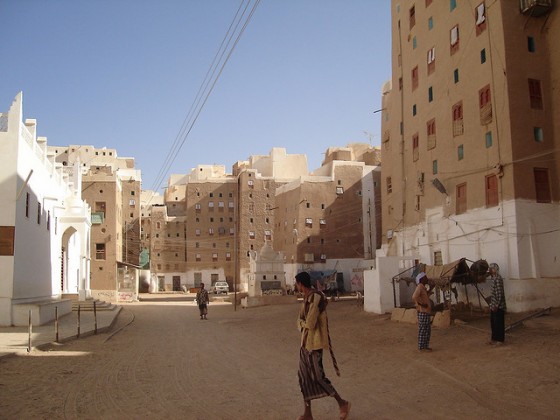 Shibam’s long term survival depends richly on the community’s ability to fend for itself. As a result, abandoned oases have been revived and women have been empowered with new handicraft skills so that they can contribute to the family’s income. Three new organizations have been registered to keep up the promotion of cultural tourism, skills development, and continued sustainable agriculture.
Shibam’s long term survival depends richly on the community’s ability to fend for itself. As a result, abandoned oases have been revived and women have been empowered with new handicraft skills so that they can contribute to the family’s income. Three new organizations have been registered to keep up the promotion of cultural tourism, skills development, and continued sustainable agriculture.
The wisdom of the ancients wins again!

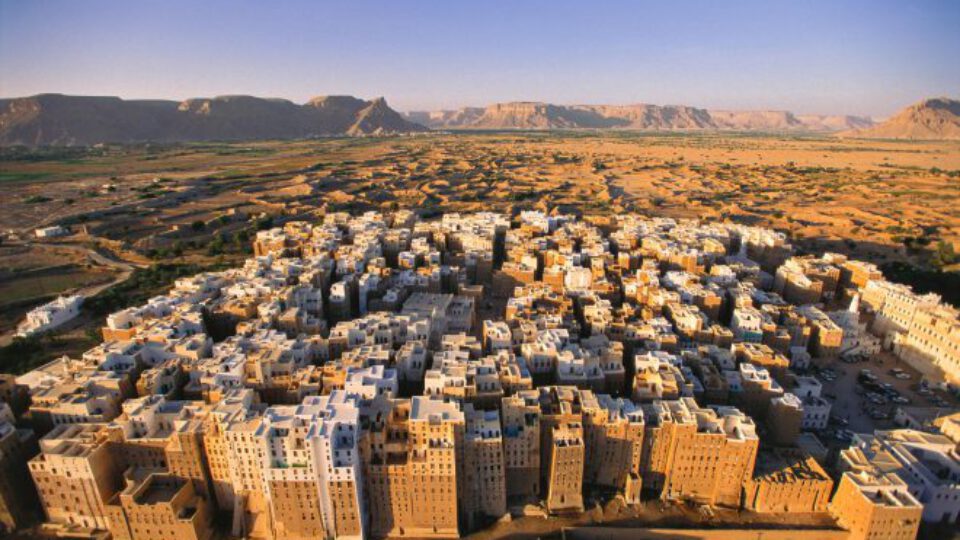
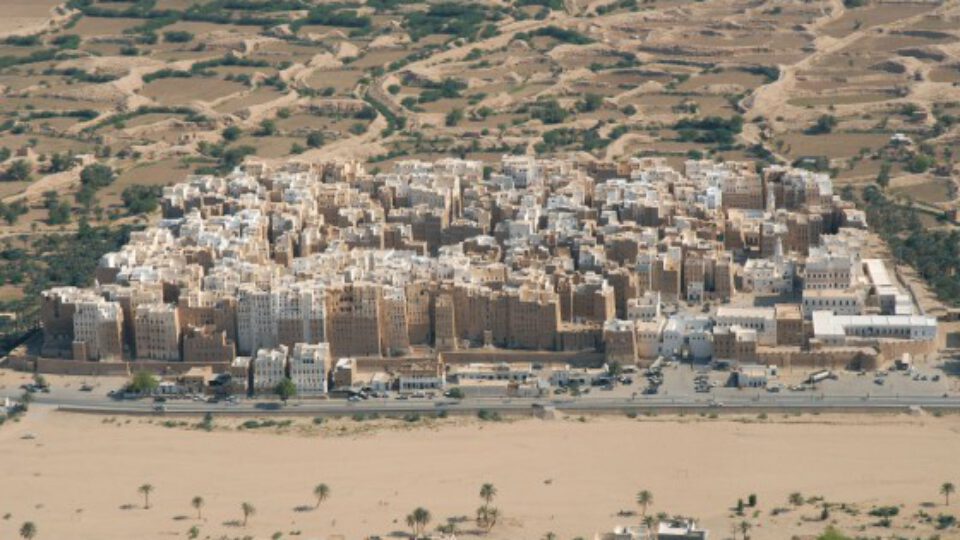
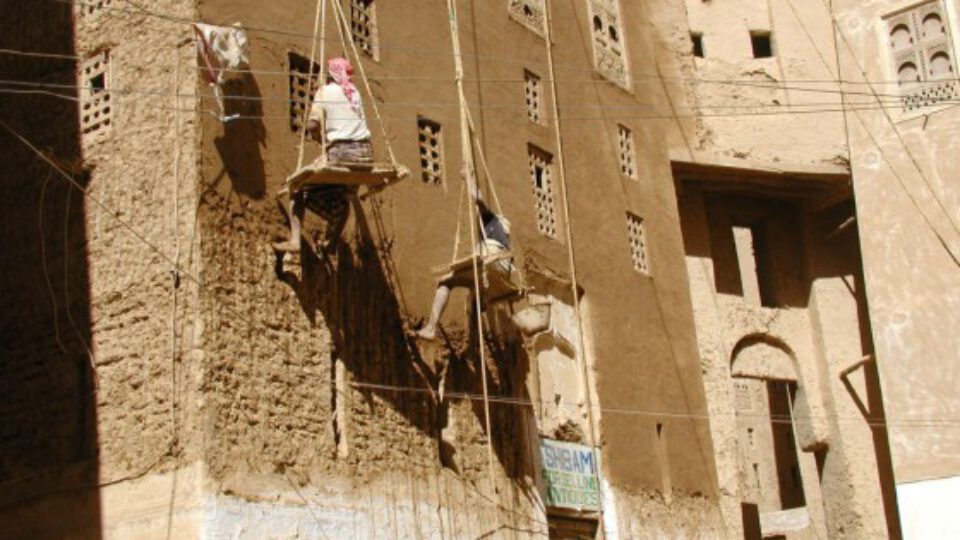
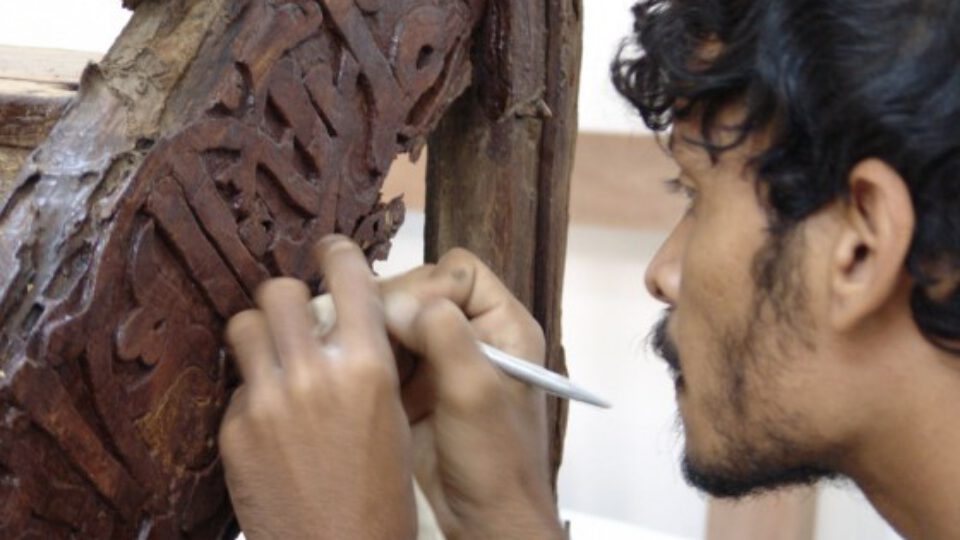
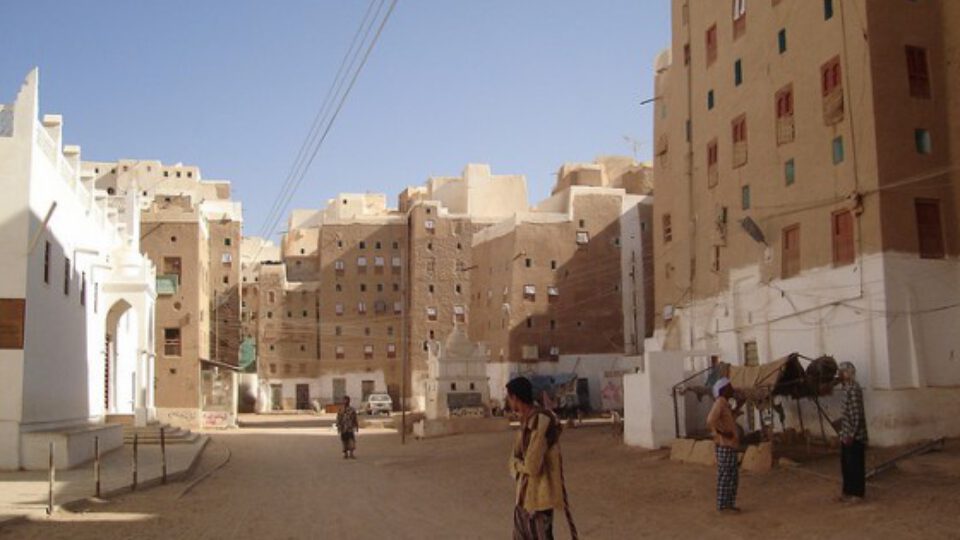




the most magical place in a valley full of surprises